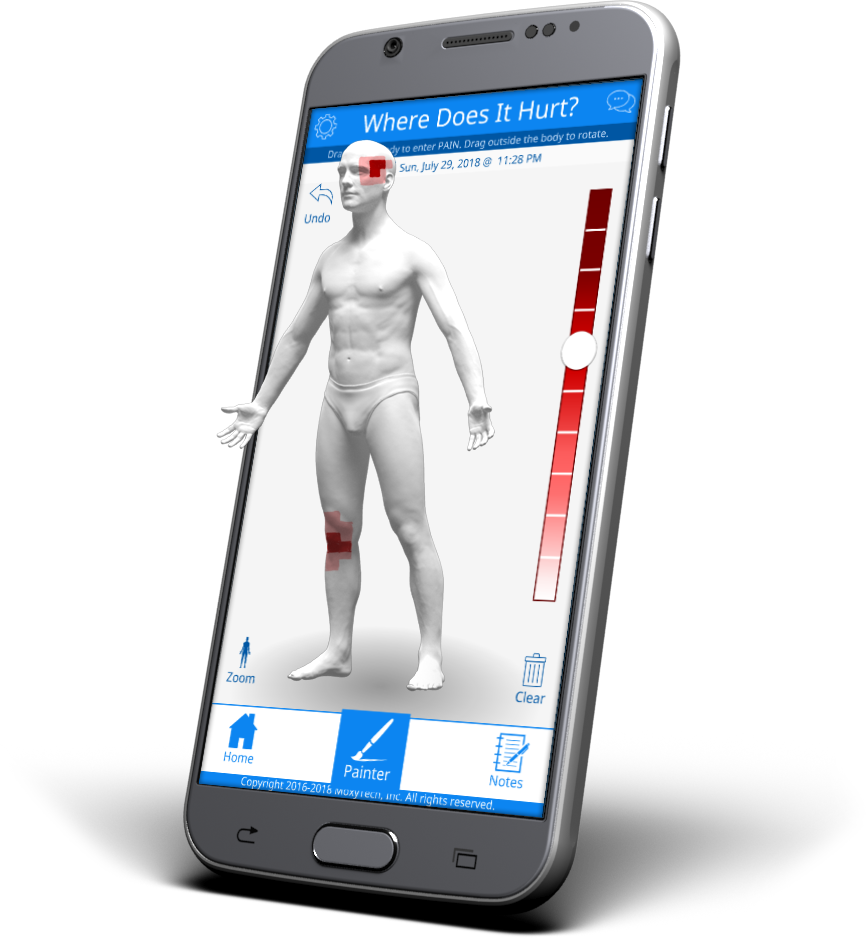FDA Warns About Unapproved Drugs in Pain Pumps
/By Pat Anson, PNN Editor
The U.S. Food and Drug Administration is warning patients and healthcare providers about serious complications that can occur when using medications not approved for use with intrathecal pain pumps. The agency says it has received “numerous reports” of pump failures, dosing errors, infections and other safety issues.
Pain pumps are implanted under the skin, usually near the abdomen, and deliver medication through a catheter directly into spinal fluid to treat chronic pain. They require a healthcare provider to periodically refill the pump with pain medication. The pumps are generally used as a last resort for patients whose pain is not adequately managed by oral medication, surgery and other treatments.
Currently, there are only two FDA-approved medications for intrathecal pain pumps; Infumorph (a morphine sulfate solution) and Prialt (a sterile solution).
Drugs approved for intrathecal administration must meet additional safety standards because the spinal cord and brain tissue are highly sensitive to preservatives or infectious organisms such as bacteria or viruses.
The FDA has found that some patients are being treated with medications that are not approved for pain pumps – including hydromorphone, bupivacaine, fentanyl and clonidine – as well as compounded medications.
One reason patients may not be using Infumorph is that it is currently listed on the FDA’s drug shortage list. Some patients may also believe the unapproved drugs are more effective, although the FDA says they are still too risky.
“While medical devices, such as implanted pumps that deliver medication directly into the spinal fluid, have the potential to play an important role in treating pain, their use must be judicious and their instructions for use must be carefully followed. This is especially true when it comes to implantable pumps that deliver analgesic medicine directly into the nervous system,” FDA Commissioner Scott Gottlieb, MD, said in a statement.
The FDA says the failure rate of the pumps more than doubles when unapproved medications are used. Some drugs may contain preservatives that can damage the pump tubing or cause corrosion. Dosing errors can also occur because the software on pain pumps is only designed to calibrate doses with approved medications.
“FDA acknowledges that some patients being treated for pain may not be adequately managed by medicines approved for use with these pumps; however, the use of medicines not approved with the implanted pumps are associated with additional risks,” the agency said. “The FDA recommends that health care providers review the implanted pump labeling to identify the medicines and medicine concentrations approved for use with the specific pump.”
Patients and providers who experience an adverse event with an implanted pump or suspect one is having problems are encouraged to file a voluntary report through MedWatch, the FDA Safety Information and Adverse Event Reporting program.























